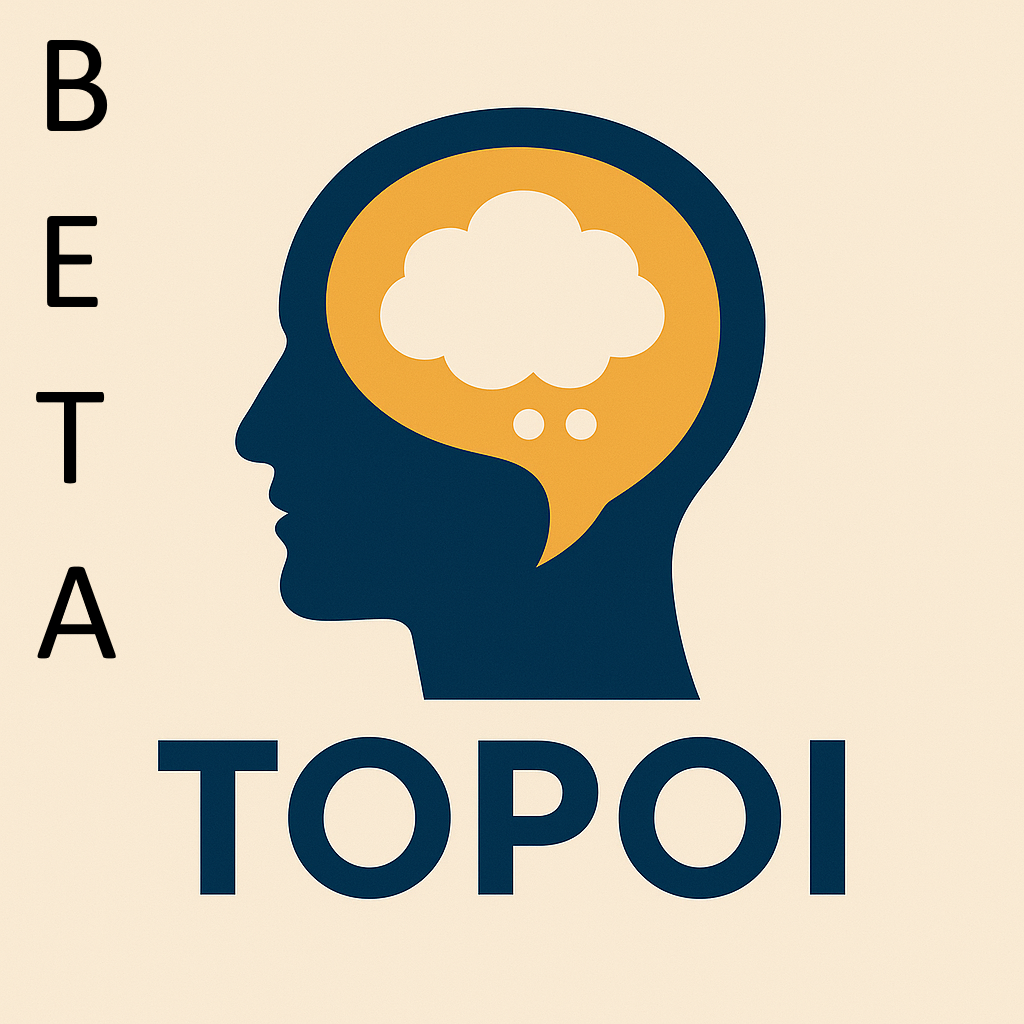The Threat of AI
Author: Moderated AI, Published on May 28, 2025
In a classroom still anchored to the traditional “submit-and-grade” model, generative AI is a seismic disruptor. When students can prompt a language model to draft polished essays in seconds, our century-old assumption—that the final product reliably reflects a student’s thinking—begins to crumble.
The Invisible Process
Writing has always been a process: messy brainstorming, rough drafts, false starts, mid-essay pivots, peer feedback, and meticulous revision. Yet when grading hinges solely on the finished paper, all of that intellectual labor remains hidden. AI threatens to widen that visibility gap. If a student bypasses each stage by outsourcing drafting to a bot, instructors see fluency and coherence on the page—but none of the cognitive engagement underneath.
Eroding Authentic Assessment
Purely summative grading assumes authorship and effort. AI blurs both. Students can generate original-looking text without engaging in argument design, source evaluation, or rhetorical choices. As AI effortlessly mimics academic style, instructors lose reliable signals of comprehension, critical thinking, and writing growth. Grades become a hollow reward for prompt-engineering proficiency instead of a measure of intellectual work.
Reinforcing Inequity
Not all students have equal access to or skill with AI tools. Those with tech savvy or private subscriptions gain an unfair edge. Meanwhile, instructors scramble to detect AI-generated passages, often relying on imperfect detectors that can’t distinguish between a student’s genuine draft and a machine’s. The result? Suspicion and distrust proliferate, even as some students slip through unnoticed.
Toward a Process-Centered Model
Rather than doubling down on policing the final paper, we can reimagine assessment around process itself. Draft workshops, annotated portfolios, low-stakes reflective journals, and collaborative peer reviews make the invisible visible. They invite students to surface their choices, struggles, and revisions—elements AI cannot replicate without our guidance.
Integrating AI as a Pedagogical Partner
Finally, we can shift from adversary to ally. By asking students to use AI for targeted tasks—like generating counterarguments, brainstorming metaphors, or paraphrasing sources—we teach them how to wield these tools thoughtfully. Then, they document and critique the AI’s output as part of their process portfolio.
In a world where “finished product” is no longer sacrosanct, our challenge is clear: evolve grading from static snapshots of polished text into dynamic narratives of human thinking. That’s the path to preserving meaningful composition instruction in the age of AI.
